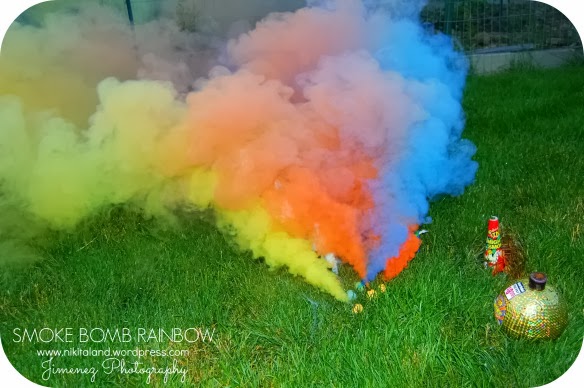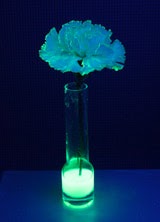How to Make a Smoke Bomb
How to Make a Smoke Bomb
Making a smoke bomb is fun, easy and safe with sugar and potassium nitrate. This video will teach you how to make and use a smoke bomb.
Today, I'm going to show you how make a homemade smoke bomb.
Smoke Bomb Materials
You will need:
- A large mixing bowl
- A skillet or sauté pan
- Sugar
- Potassium Nitrate also known as salt peter, which you can order online
- An empty toilet paper roll.
- Cardboard
- Glue or masking tape
- Scissors
- Face Tissue
Mix Smoke Bomb Ingredients
Cut out a small piece of cardboard, and glue or tape it to the bottom of the empty toilet paper roll.
In the large mixing bowl, combine three parts potassium nitrate with two parts sugar and mix well. Each smoke bomb can hold approximately one cup of the mixture, so measure out however much you'll need. Set a small amount of the mixture aside for making a fuse - approximately one teaspoon per smoke bomb.
Create Smoke Bomb Fuse
In order to make a fuse for the smoke bomb, cut a small rectangle of tissue. Create a lip by folding the tissue over one-quarter inch on the long side. Pour a small amount of the potassium nitrate mixture into the lip and distribute it evenly. Fold the tissue over the mixture multiple times until the mixture is completely encased in the tissue. Twist the ends of the tissue in opposite directions to create the fuse.
Heat Mixture and Finish Smoke Bomb
Pour the mixture into the skillet or sauté pan, and apply low heat. Using a spoon or spatula, fold the mixture as the sugar melts and caramelizes. Continue to heat and stir until the mixture has a peanut butter-like consistency.
Pour the mixture into the toilet paper roll, and insert the fuse. Be extremely careful as the mixture is hot. Let your smoke bomb cool. Your smoke bomb is now ready to use.
Lighting the Smoke Bomb
When lighting your smoke bomb on fire, make sure to do it outside in a well-ventilated area, away from flammable objects. When the flame is applied, the potassium nitrate and the sucrose in the mixture will react to form carbon dioxide, water vapor, nitrogen gas, and potassium carbonate.



Comments
Post a Comment